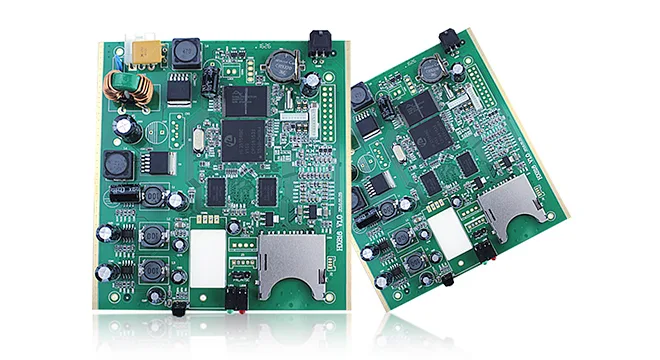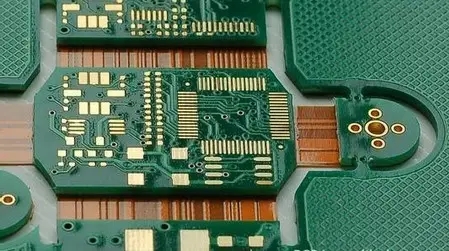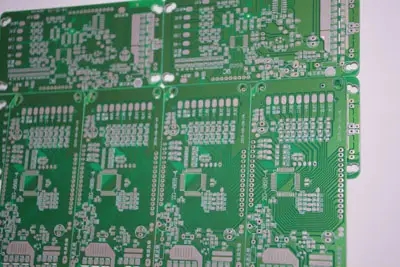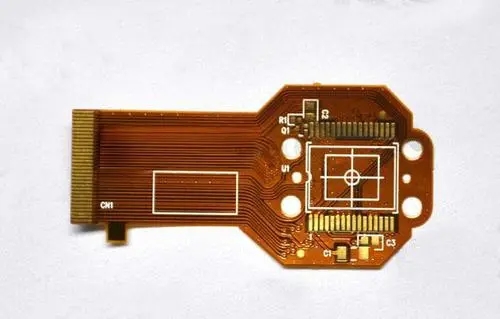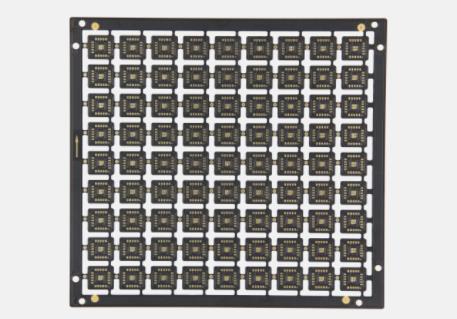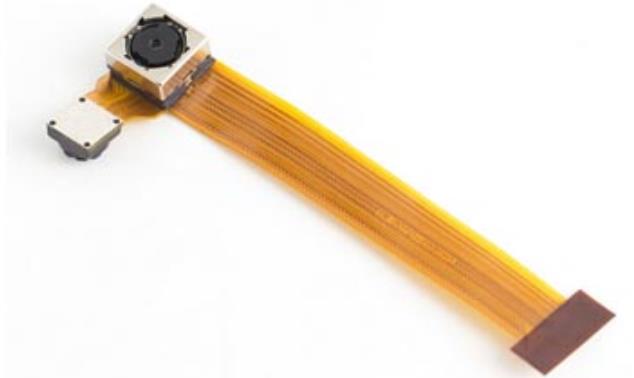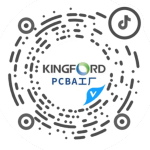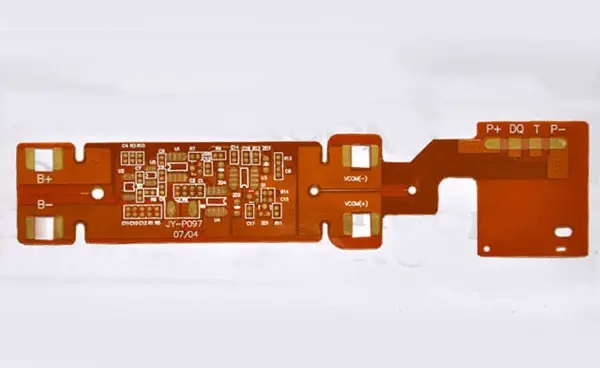
DetaiLED explanation of structure and function of PCB
Today's PCB substrate is composed of three main components: copper foil, reinforcement, and epoxy. However, since the lead free process began, the fourth powder (Fillers) has been added to a large number of PCB plates to improve the heat resistance of PCB. We can think of copper foil as a blood vessel of the human body, whICh is used to transport important blood and enable PCB to function; Reinforcing materials can be imagined as human bones to support and strengthen PCB
Today's PCB substrate is composed of three main components: copper foil, reinforcement, and epoxy. However, since the lead free process began, the fourth powder (Fillers) has been added to a large number of PCB plates to improve the heat resistance of PCB.
We can think of copper foil as a blood vessel of the human body, which is used to transport important blood and enable PCB to function; The reinforcing material can be imagined as the skeleton of the human body, which is used to support and strengthen the PCB without being soft; Resin can be imagined as the muscle of human body and the main component of PCB.
The following describes the use, characteristics and precautions of the four PCB materials:
1. Copper foil (copper foil layer)
(1) Circuit: A conductive circuit.
(2) Signal line: the signal line for transmitting information.
(3) Vcc: power supply layer, working voltage. The working voltage of the earliest electronic products was mostly set at 12V. With the development of technology and the requirement of power saving, the working voltage gradually changed to 5V and 3V, and now it is gradually moving to 1V, and the requirement for copper foil is also getting higher and higher.
(4) Grounding: ground plane. We can think of Vcc as a water tower at home. When we turn on the tap, water (electrons) will flow out through the pressure of water (working voltage), because the action of electronIC parts is determined by the flow of electrons; GND can be imagined as a sewer. All used or unused water flows through the sewer. Otherwise, the tap will drain all the time, and the home will be flooded.
(5) Heat dissipation: for heat dissipation. Have you heard that some CPUs are hot enough to cook eggs? It's not an exaggeration. Most electronIC components will consume energy to generate heat energy. At this time, large areas of copper foil need to be designed to release heat energy into the air as soon as possible. Otherwise, not only humans can't stand it, but also electronic parts will crash.

2. Reinforcement
When selecting PCB reinforcement materials, they must have the following excellent characteristics. Most of the PCB reinforcement materials we see are made of glass fiber (GF). If you look carefully, the material of glass fiber is a little like a thin fishing line. Because it has the following personality advantages, it is often used as the basic material of PCB.
(1) High rigidity: It has high "rigidity" to prevent PCB from deformation.
(2) Scale stability: good dimensional stability.
(3) Low thermal expansion coefficient: It has a low "thermal expansion rate" to prevent the circuit contacts inside the PCB from separating and causing failure.
(4) Low warpage: low deformation, that is, low bending and warping.
(5) High module: high Young's modulus
3. Resin matrix (resin mixture)
The traditional FR4 plate is mainly made of Epoxy, while LF (Lead Free)/HF (Halogen Free) plate uses a variety of resins and different curing agents, which increases the cost. LF is about 20%, HF is about 45%.
HF board is easy to be brittle and crack, and the water absorption rate becomes larger. Thick and large boards are prone to CAF. It is necessary to use fiber cloth and flat fiber cloth, and strengthen the materials with uniform immersion.
Good resin must meet the following conditions:
(1) Heat resistance: good heat resistance. The heat resistance is good only if the plate will not burst after heating and welding for two to three times.
(2) Low water absorption: low water absorption. Water absorption is the main cause of PCB bursting.
(3) Flame retardancy: Must have flame retardancy.
(4) Peel strength: high "tear strength".
(5) High Tg: high glass transition point. Most materials with high Tg are not easy to absorb water, and non absorption is the root cause of non explosion, not because of high Tg.
(6) Toughness: Good "toughness". The greater the toughness, the less likely it is to burst. Toughness is also called "damage energy". The better the Toughness is, the stronger the ability of materials to withstand impact and damage.
(7) Dielectric property: High dielectric property, that is, insulating material.
4. Filler system (powder, filler)
In the early days when there was lead welding, the temperature was not very high, and the original PCB board was tolerable. Since the lead-free welding, the temperature has increased, so the powder was added to the PCB board to make the PCB strong temperature resistant materials.
The filler shall be coupled to improve its dispersivity and compactness.
(1) Thermal resistance
(2) Low water absorption
(3) Flame resistance of products
(4) High stiffness
(5) Low coefficient of thermal expansion
(6) Dimensional stability
(7) Low warpage
(8) Drilling processing: Because of the high rigidity and high toughness of the powder, PCB drilling is difficult.
(9) High modulus: Young's modulus
(10) Heat dissipation (due to high thermal conductivity): used for heat dissipation.
然后
联系
电话热线
13410863085Q Q

微信

- 邮箱

